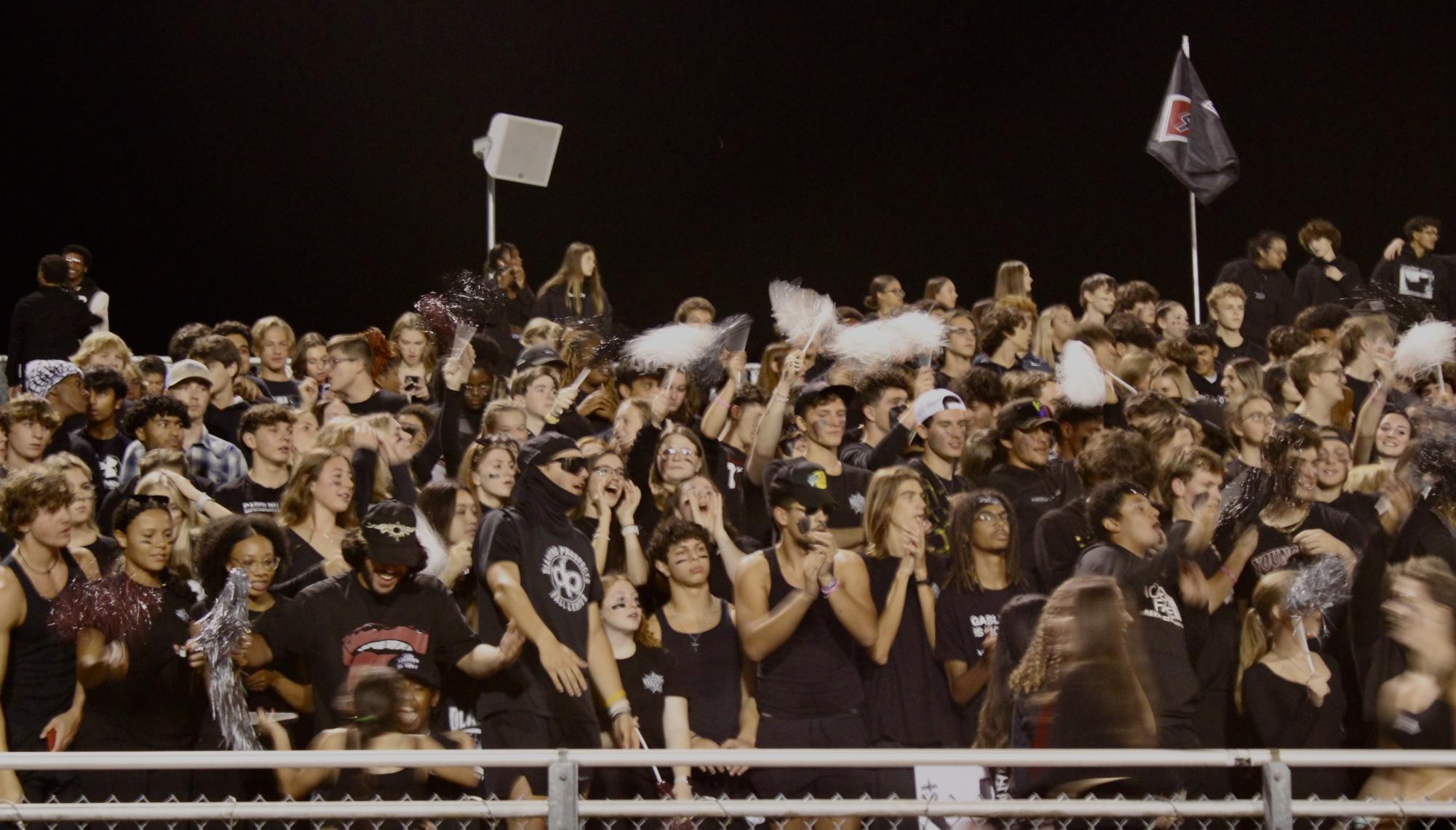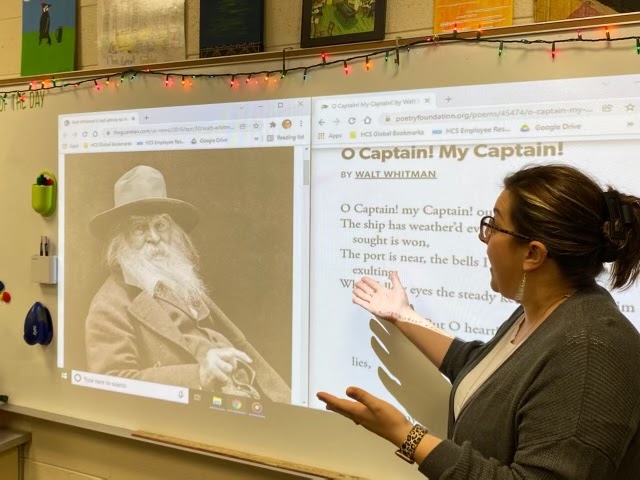Spring is finally here… Meteorologically
March 11, 2022
It has certainly felt like spring over the last several weeks with the warm sunshine and gentle breezes. Due to my interests in meteorology, I enjoy studying the spring weather patterns.
According to Chief Meteorologist Ed Piotrowski, meteorological spring began March 1, but the calendar depicts spring doesn’t arrive until March 20. That date is based on Earth’s revolution around the sun. Astronomically, the seasons change at the equinoxes and the solstices. However, the meteorological seasons are grouped by months. Meteorologically, winter is defined as the three coldest months of the year (DEC – FEB), summer the three hottest months (JUN – AUG), spring (MAR – MAY) and fall (SEP – NOV). Spring and fall are the transition months.
Spring is by far one of the most popular and loved seasons. It is adored because of its amazing weather, beautiful greenery, and outside activities.
One of the activities I personally really enjoy is going to the beach and enjoying the sunny weather, along with the longer days. Many students here at CFHS really enjoy spring for several reasons, including playing sports, spending time outdoors, hanging out with friends and much more.
Emma Truslow, a sophomore, states, “I love the flowers and the warm beach days.”
Despite all the positive attributes of spring, there are also some weather conditions that can be detrimental, including thunderstorms and tornadoes. Since 1980, the state of South Carolina has seen roughly about 11 tornadoes each year. Thankfully, there have only been a couple of tornadoes that have been deadly or caused a significant amount of damage.
Tornadoes are spinning columns of air that touch and rotate on the ground. Tornadoes form when warm and humid air collides with cold dry air.
Mrs. Sarah Brown, one of our social studies teachers, has experienced two tornadoes in her lifetime. One of her experiences was when she was driving in her car on Ocean Blvd. with her family when a tornado crossed the road before it dissipated. Her other experience occurred when she was younger and a completely different story. She had to take shelter immediately and became very frightened!
“I was on my way to school and as soon as I arrived, the principal immediately directed me to the gym because one of the locker rooms was downstairs in the basement area. It was loud; it sounded like a train coming through. As quickly as it came, it was gone. Back home, the deck was separated from the house and oddly enough, not a single thing on the deck had moved,” Brown shared.
Unfortunately, tornadoes can be hard to predict or forecast. Therefore, we can use special radars to look inside of the storms and see if there are favorable enough ingredients for tornadoes to form. When trying to confirm tornadoes using radars, meteorologists use three radars in particular called the reflectivity, velocity and correlation coefficient.
The reflectivity shows how heavy the precipitation that is falling is along with a general overlook at the shape of the storm, the velocity shows different wind currents along with potential rotation in the atmosphere and lastly, the correlation coefficient shows potential debris signatures inside of the tornado.
To conclude, there are multiple amazing things about the spring season. Unfortunately, spring isn’t all sunshine and fun. Spring-time is like candy for severe weather with all of the humidity and warmth in the atmosphere. In conclusion, the spring season definitely takes the spotlight in my book.








































